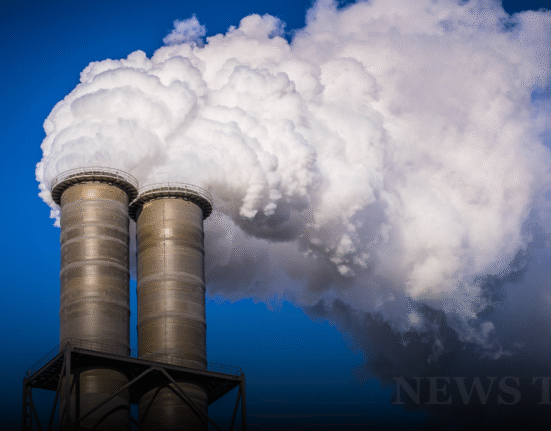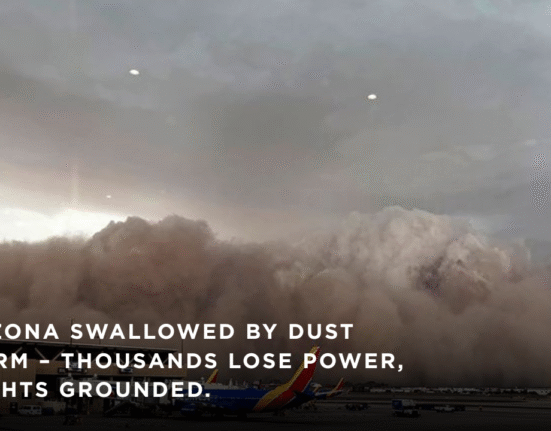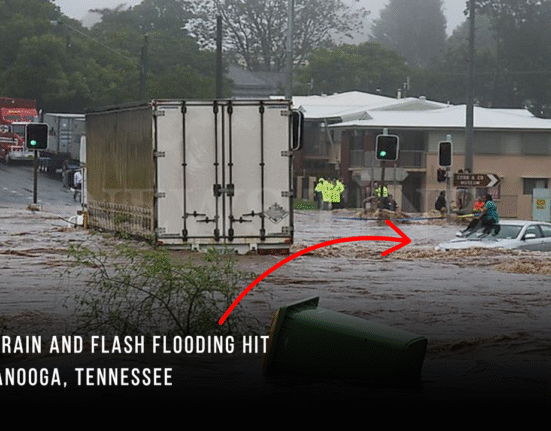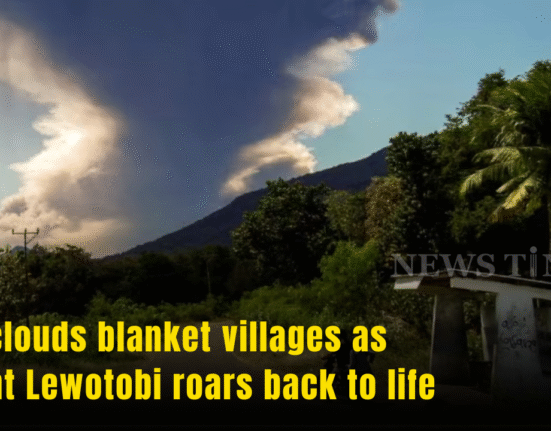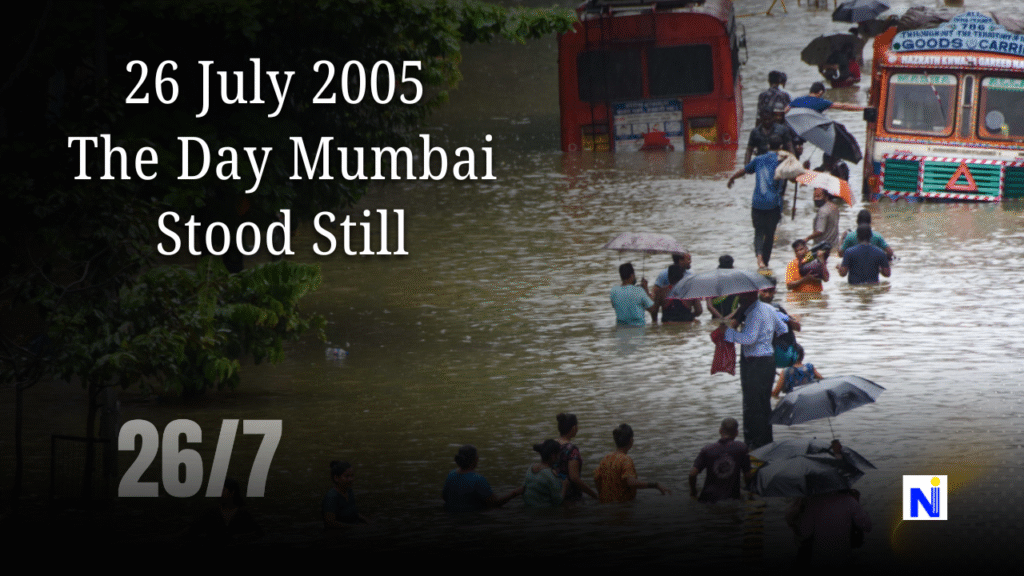
There are days that become etched in the collective memory of a city. For Mumbai, 26 July 2005 is one such day — a day when the skies refused to close and the city drowned under its own weight. A record-shattering 944 mm of rainfall in just 24 hours turned India’s financial capital into a sprawling lake, leaving 914 people dead, thousands stranded, and millions traumatized. Even now, every monsoon season brings with it chilling reminders of that nightmare.
How 26 July 2005 Became Mumbai’s Darkest Day
Imagine waking up to a rainy morning in Mumbai — nothing new, right? But what unfolded that day was no ordinary shower. Between 8 am and 8 pm, the city witnessed 644 mm of rain, almost equivalent to what some countries receive in an entire year! It wasn’t just a downpour; it was a deluge that ranked among the top 10 highest single-day rainfalls in global history.
The city’s drainage system, designed for far lighter rainfall, simply gave up. By late afternoon, entire neighborhoods were submerged. Roads looked like rivers, and even Mumbai’s iconic local trains — its “lifeline” — came to a grinding halt.
Haunting Visuals That Flood the Internet Even Today
Every July, social media is flooded with old photographs and videos from that day — cars stacked on top of each other, people wading through chest-deep water, and entire families stranded on highways. Netizens call it an unforgettable reminder of Mumbai’s resilience.
“I remember walking 14 km that night just to get home. Strangers shared food, water, and even carried kids on their shoulders. Mumbai spirit is real,” recalls Anil Mehta, a then-college student.
Impact on Mumbai’s Lifeline: Local Trains and Roads
The floods paralyzed the city’s public transport network, which rarely takes a break — even during cyclones.
What Went Down on July 26, 2005:
- 52 local trains were damaged and left stranded on tracks.
- Over 37,000 auto-rickshaws, 4,000 taxis, 900 BEST buses, and 10,000 trucks were either submerged or damaged.
- Low-lying areas like Dharavi and Bandra-Kurla Complex were completely underwater.
Air travel didn’t escape the chaos either. For the first time ever, Chhatrapati Shivaji International Airport was shut for over 30 hours, leading to 700+ flight cancellations and delays nationwide.
The Human Cost: Over 900 Lives Lost
The official death toll stood at 914, with many victims drowning or falling prey to landslides and electrocutions. More than 14,000 homes were destroyed, and property damage amounted to a staggering ₹5.5 billion (around $100 million).
The human suffering, however, was beyond numbers — families were separated, children were stranded in schools overnight, and emergency services were overwhelmed.
When Communication Collapsed
At a time when smartphones were not yet ubiquitous, 5 million mobile connections and 2.3 million landlines went dead. Imagine being stranded without GPS, social media, or a working phone — panic and helplessness filled the city.
What Mumbai Learned from the 2005 Floods
In the aftermath, the city realized how dangerously unprepared it was for extreme weather events. The tragedy sparked discussions on urban planning, drainage upgrades, and disaster management.
Key Improvements Made Since 2005:
- Installation of high-capacity dewatering pumps at flood-prone spots.
- Creation of disaster management cells with quicker response teams.
- Strengthened early warning systems using satellite and Doppler radar.
Yet, two decades later, many still question whether these measures are enough to prevent a repeat disaster.
The Spirit of Mumbai: A Silver Lining
If there’s one thing that stood out that day, it was the incredible human spirit. Residents opened their homes to strangers, volunteers distributed food packets on the streets, and private vehicles ferried people home for free.
This “never-say-die” attitude is why Mumbai is often called the city that never sleeps — even when submerged.
Are We Ready for Another 26/7?
Experts warn that climate change, rapid urbanization, and inadequate drainage could make another event like 2005 not just possible but probable. As monsoons grow more unpredictable, one can only hope the city’s “preparedness” matches its spirit
The Mumbai 2005 floods were a brutal wake-up call — a reminder that nature can humble even the busiest metropolis in hours. As we look back, the lessons remain clear: better infrastructure, urban planning, and public awareness are the only ways forward.


